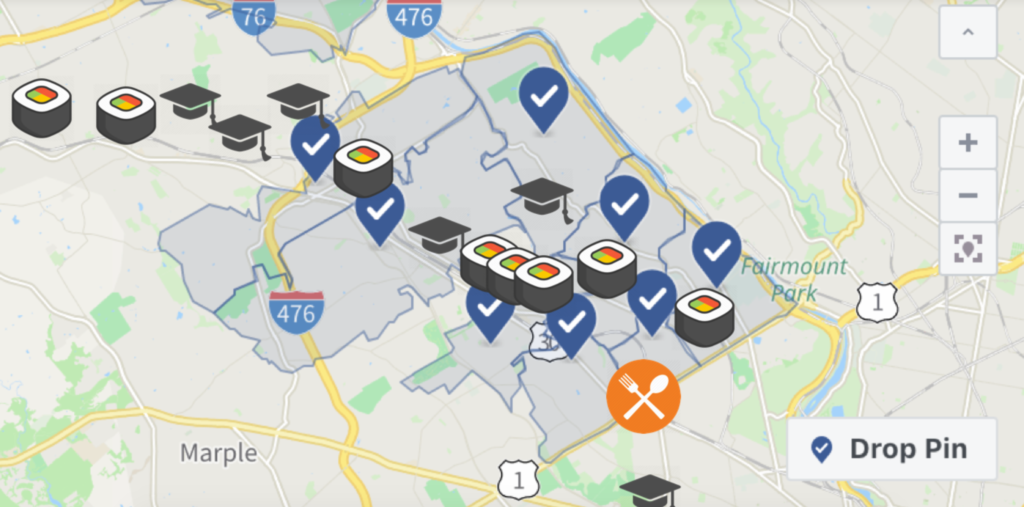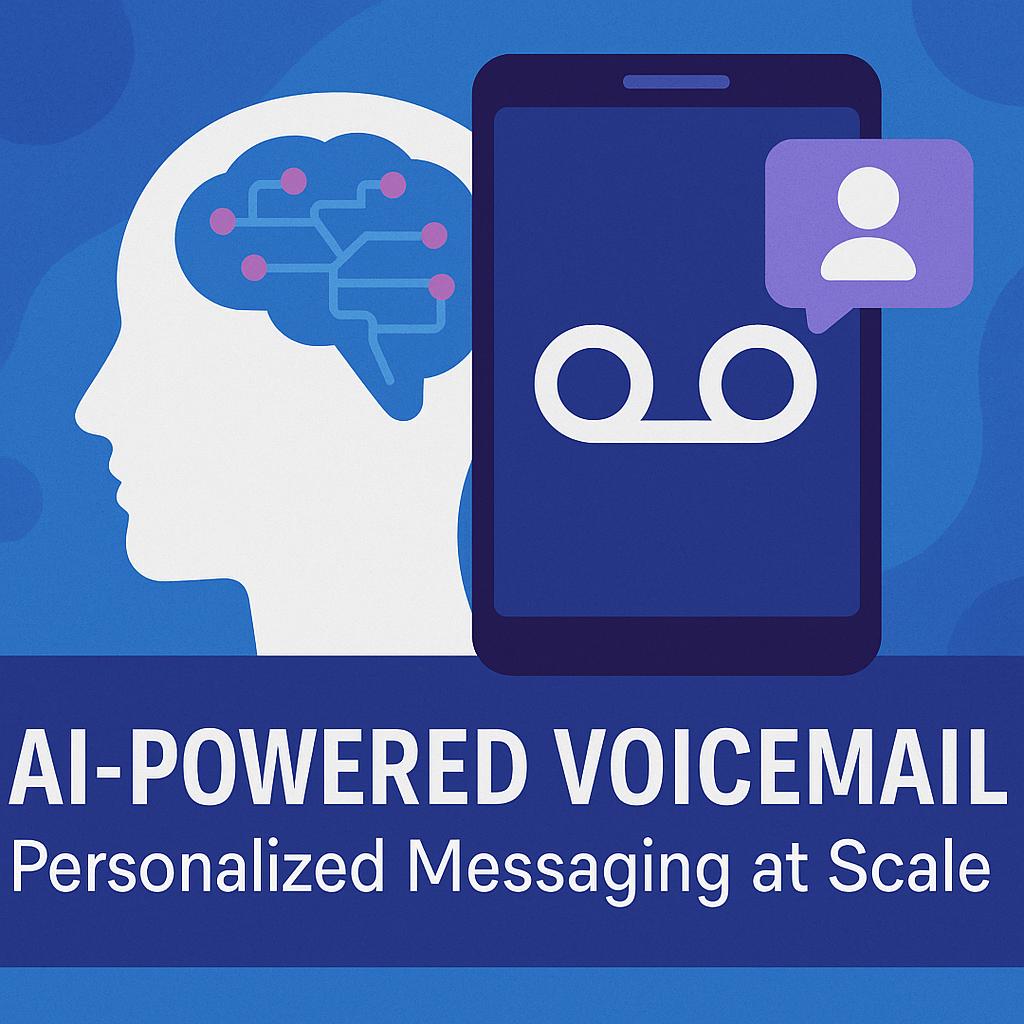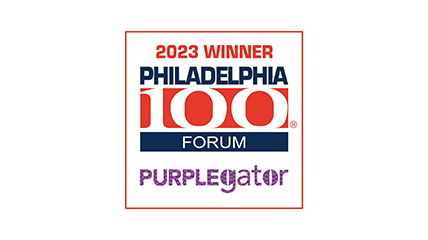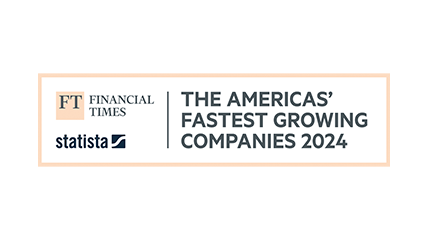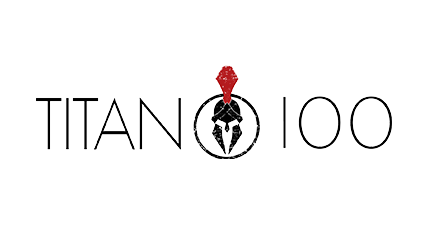Blog /
Social Media Networks
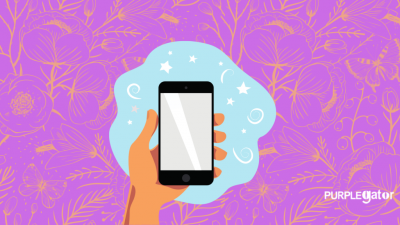
There are hundreds of social media networks easily accessible to us, but only so much time in the day. Most businesses can’t be everywhere at once, so it’s important to zero in on the social media networks that will bring your brand the greatest return on investment (ROI). If your business has limited time and resources, you should consider posting on the social media networks that come easiest to you and ignore those that you won’t have time for.
With this in consideration, as your business grows, or the ROI on your social media improves, you may want to expand later down the road. So here’s the perfect hack: be sure to always reserve the social media profile names that you will need before somebody else gobbles them up!
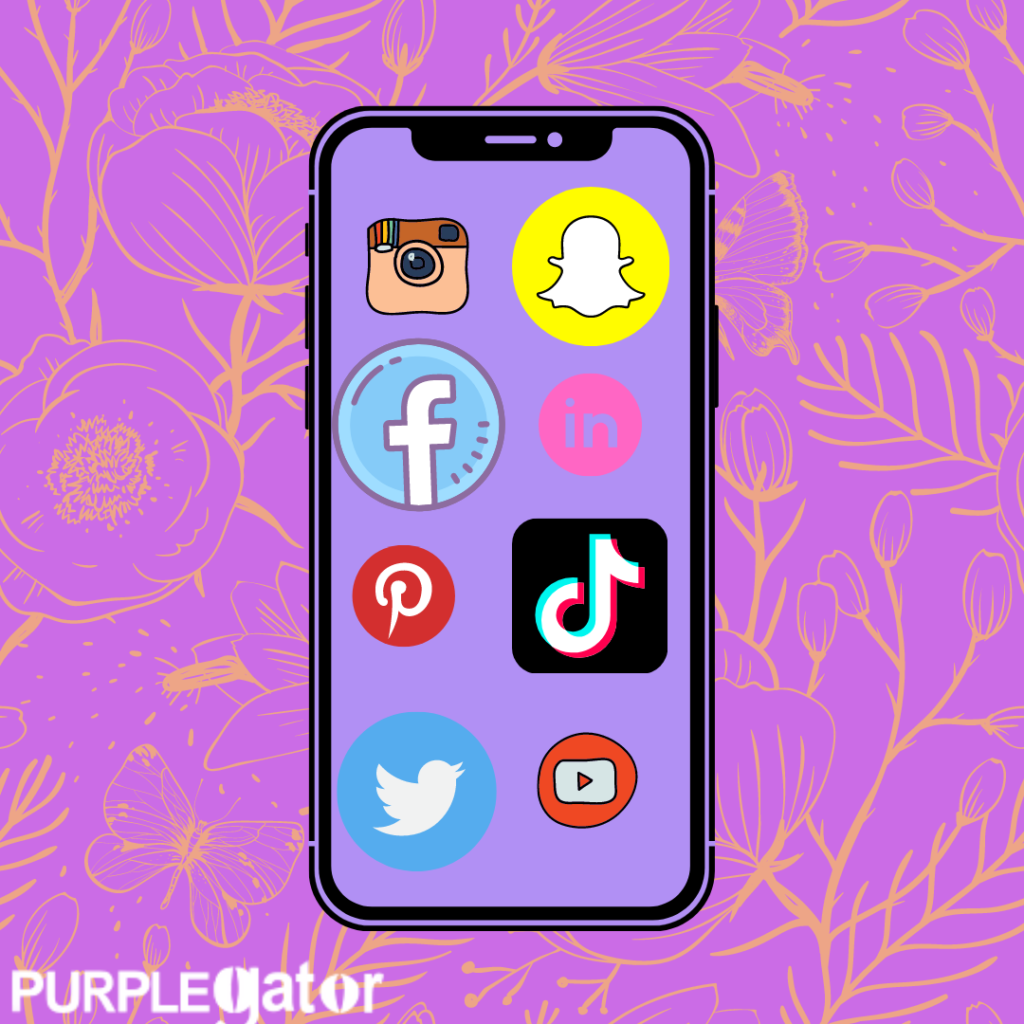
When it comes to organic social media posting (not paid advertising), engagement is key. Engagement is a blanket term that shows that your social media audience has shown an interest in your post. Not all engagements are created equal, however. Watching a 60-second video is certainly more valuable to a brand than a quick double tap for a like. But, in both cases, they count as one engagement. Relevance Raises Response’s author, Bob Bentz, claims that the penultimate engagement is a share, because that is a “vote” for your business.
Let’s take a look at the most popular social media networks and analyze their demographics and what constitutes engagement on each platform.
Facebook is the Tom Brady of social media. It’s been around and on top forever, but despite the fact that you are tired of it, it’s still the best choice for most businesses’ social media efforts. There’s a growing misnomer that young adults are not on Facebook. Nothing could be further from the truth. In fact, 79% of young adults, ages 18-29, use Facebook. They may not be as active on the platform as their Gen X or Baby Boomer parents, but they are there nevertheless, perhaps more as voyeurs than participants.
Facebook spans urban to rural Americans and although it has more females than males, both numbers are staggering. Facebook also attracts college educated and high income Americans. To get to the point: if you have a business, put it on Facebook.
Likes, Comments, Shares, Link Taps, Image Taps and Video Views all constitute engagement on Facebook. It’s difficult to track a bona fide engagement rate on Facebook, because of EdgeRank. Due to the large amount of posting taking place on Facebook, EdgeRank limits the amount of your business page followers that will ever see your post. Only about 5.2% of the followers of a business page will ever see your post. Zuckerberg is no dummy; Facebook has clearly moved to a pay to play model. Gone are the days when a Facebook business page provided a plethora of free marketing.
A good goal for a large business would be to get a 1% engagement rate on Facebook. A small local business, with a loyal customer base, should aim for a 2% engagement rate; some will get a rate as high as 5%.
Want to increase your engagement rate on Facebook? There’s one solution that tops all the rest — video. Video posts get 2.35x more engagement than image posts. And, if you want to even top that, consider live video — you’ll get +6% greater engagement.
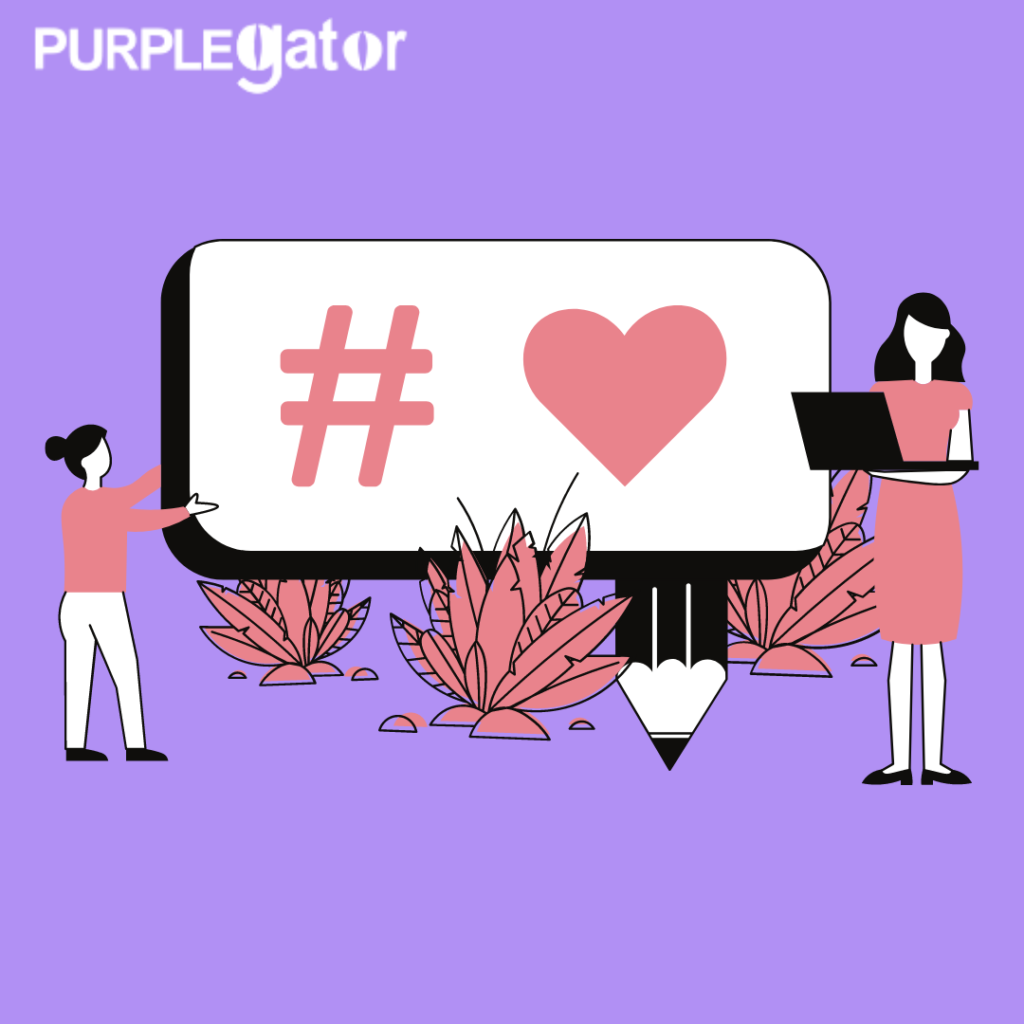
Facebook owns Instagram, which is a critical player in the social media landscape. Its demographics skew much younger, more female, higher educated, and higher income than its parent-app FB.
On Instagram, the image is everything and the copy is secondary. You have more control of what you see, so it is less likely your feed will get blown up with political nonsense, unlike Facebook, unless you want it to be shown. If your business has an inviting aesthetic, it will be, by far, the platform where you enjoy the greatest engagement.
Instagram use is almost entirely mobile. That means that your post is going to take up 100% of the smartphone screen. So, make your posts look pretty. When a user scrolls through his or her Instagram feed, it’s just so easy to double tap a like on your post. Likes (or hearts in this case) are going to overwhelmingly be the most common engagement, but there’s also comments, shares and tap throughs. Of course, what you want most is tap throughs that convert to a brand following.
A good engagement percentage on Instagram is 7%. You will see a lot of helpful stats on Instagram Insights, but be sure that you are using a proper business account; individuals don’t have access to Insights.
Don’t ignore the Stories tool on Instagram, it’s power is often underestimated. It’s always right at the top of the page and you won’t have as much competition in gaining exposure there. On posts you can only see who has liked your image, but on Instagram stories you can see exactly who has viewed your photo, boomerang or video. Moreover, you can use some of your second tier content on Stories since it disappears after only a day. If you get good engagement with your Instagram Stories, you’ll likely have greater prominence on the customer’s page and move further to the left in the important ranking sequence.
If you have multiple images, use the carousel feature to gain additional exposure for your brand. And, remember, Instagram, like Twitter, is a hashtag-centric platform so use them and use them a lot.
Twitter is one of the few social media platforms that skew more towards men than women. It’s an urban medium with high income and high education levels.
The platform has been around for a long time, and is a great source for late breaking information. If your business has constantly changing information, it’s a great platform for you.
Since the Tweets flash along the medium quickly and are soon forgotten (until we look back at your archives for some “dirt” on you), it’s important to spend a lot of time increasing your following. This requires a significant amount of time spent following others in your industry and engaging with key influencers who can have a profound impact on your efforts.
Twitter is likely going to be your worst engagement rate, but it’s not that Twitter isn’t good, it’s just that there are so many posts happening concurrently on it. It brings up the reason why posting often on Twitter is critical (nobody knows this better than former President Donald Trump).
Engagement on Twitter is most likely to be a retweet, reply or a like. But, it might also be a follow, link tap, hashtag tap, video view or a profile tap. Any action by the viewer that is over and above a view, constitutes engagement.
If you can get an engagement rate of 0.5% on Twitter, you are doing a good job.
Many brands use Twitter as a customer service tool. Responding quickly to customer inquiries can greatly increase your following and your engagement rate.
Remember, on mobile, you don’t click, you tap.
As you would expect, LinkedIn is the highest income, highest education and skews the most urban of all of the major social media networks. You won’t find a lot of rural residents involved with the platform.
Because of the business focus of the platform, an organization should treat it much differently than the other social media platforms. While selling can be more obvious in your posts, it is still a medium about relationships, just like the others.
Recently, LinkedIn has become more forgiving about its users being able to connect with others in their vertical market. This has caused an increase in connection requests, many of which annoyingly go right into selling mode. Like other social media platforms, establishing a relationship with a prospect should be the first step and selling them will come later if they believe that your product can help them.
Unlike other social media platforms, a business social media marketer using LinkedIn will likely have greater success providing its sales team with content to post on their personal accounts than it will in generating leads from its brand account. A savvy LinkedIn social media manager will need to do twice the work — creating posts for the business and also creating posts that encourage the sales team and management to post on behalf of the company.
LinkedIn is the business version of Facebook. While engagement for brands is usually less than for individuals, it’s a great way to gain exposure without having to pay for advertisements. Because it’s more individual-based than brand-based, it is important to encourage your employees to be actively involved with LinkedIn to promote themselves and your brand.
Taps on the news feed post or on the brand itself are considered engagements. Comments, shares and reactions are also engagement actions.
Attempt to get a 2% engagement rate on your LinkedIn posts.
Business people in your industry are counting on your brand to keep them informed. Post breaking news about new developments. Executives like the posting of a good joke if it’s industry related. Don’t post pictures of your vacation, but know it’s OK to be a bit goofy sometimes, even on the business platform so long as it’s something that is related to business.
Always reply to comments made; your followers took time out of their busy schedules to make those comments. Finally, you can “trick” LinkedIn to get more exposure for your business posts. Ask your employees to engage with the post immediately after it is live. This will encourage LinkedIn’s algorithm to identify your post as helpful and you may gain greater exposure with it.
Pinterest is the social media platform that is dominated by women and it appeals to urban, suburban and rural women.
Much of the posts on Pinterest are fashion and female oriented. So, it is not going to be a platform that is required for all businesses and brands.
One of the best things about Pinterest is that social media pins don’t disappear. If an old pin receives engagement from a new viewer, it rises back to the top of the pile in search of that item. Therefore, content that was created even years ago can still be effective. So, put a lot of effort into the posts and they will continue to pay off perhaps even years from now.
Of course, the negative side of this is that you have to continue to update older posts. Since these older posts can be found, you’ll need to update some items such as the price or features including the size or color that are still available.
Pinterest provides solid engagement. It’s difficult to “pin” a number on it, however, since pins get resurrected when they are repinned later. That said, a 1% engagement rate would be acceptable.
The best type of engagement on Pinterest is a repin, but there’s also follows and comments.
Snapchat
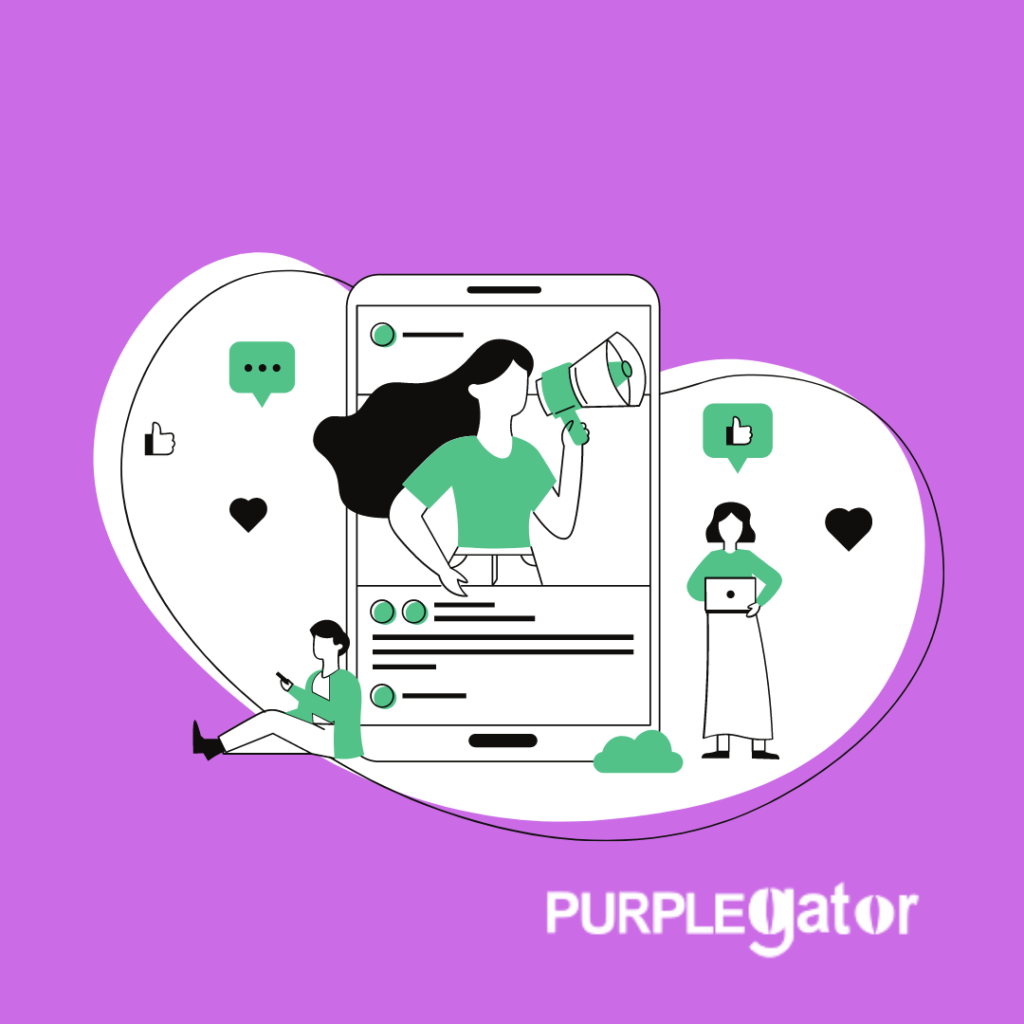
There’s no doubt as to who is using Snapchat — teens and young adults. In general, Mom and Dad haven’t found it…yet. Because so many Snapchat users are not yet of adult age, its college graduate levels are extremely low, but if those teens and young adults continue to use it, that will change over time.
The other platforms have certainly seen the threat posed by Snapchat and they have copied the model made popular by Snap. Instagram Stories and Facebook Stories conveniently appeared soon after Snapchat started enjoying prominence with its imagery. Both are blatant ripoffs and prove the old adage that the best ideas are usually stolen, not invented.
Engagement on Snapchat is outstanding. Agencies report that it often gets the greatest engagement of any social media medium it uses if the target audience is teens and young adults. Users of Snapchat are passionate about it so that shouldn’t come as much of a surprise.
Screenshots and swipe ups are the primary engagement actions on Snapchat.
YouTube
Other than Instagram, YouTube is the place where a brand is going to obtain the best engagement rate. Of course, it could be argued that even though a YouTube engagement rate is slightly lower than that of Instagram, because of the nature of a longer video view, YouTube is the most important place for your brand to be.
Engagement on YouTube can be likes, dislikes, comments, shares, saves, downloads or tap throughs.
A good engagement rate on YouTube for a business post would be 2.5%, although it varies greatly depending on the content. Gaming sites, for example, typically have an engagement rate as high as 5.5%. Highly popular music videos, however, have one of the lowest engagement rates in the industry, likely because any comments on a popular artist’s video will likely get lost in the millions of its video views. Also, because music on YouTube is often used as background noise while the consumer multi-tasks, there is no time for engagement.
TikTok
Given the raging popularity of TikTok, we would be remiss to not mention the newest major player on the scene. The first thing you are going to have to decide, however, is that if you are going to get involved with TikTok as a business social media platform, there will be controversy surrounding it. Many politicians are concerned about the amount of data that the Chinese owned company is obtaining from American citizens. So, if you are going to be active on TikTok, it makes sense to first get management sign off on it and get it in writing.
On TikTok, engagement is as high as 17.5 %. (Hype Auditor, 2020). Users can engage by liking, commenting and sharing content. To maximize engagement, you should appear on the For You page. The mind-numbing seemingly endless amount of new content has created a social media platform that now has the largest time spent per user per day of all social media platforms.
TikTok Copycats Enter the Market
You know you’ve done something right in mobile when others start copying you. Instagram Reels, launched in August 2020, was created when the uproar over TikTok’s dangers were at a crescendo. The biggest advantage to Reels is that it’s part of a more mainstream platform in Instagram where brands are able to connect with the following they’ve already built instead of trying to create new followings on TikTok. While the technology may be similar, its users are likely seeking something different on each platform. TikTok’s content is raw and whatever moves you at the moment; Instagram typically provides aspirational imagery that is picture perfect.
Byte is a new player on the scene. Its videos are just that – bytes. Videos are limited to just six seconds. Talk about attention deficit! Byte was created by Dom Hoffman — the same mobile internet pioneer that created the once popular Vine. Vine suffered because it didn’t have a way to monetize it properly, but Byte won’t fall into that trap. Byte plans to build a base of users and then monetize it later. The newest player has provided advertising to a few select brands such as Nike, but the major advertising mechanisms will come soon to a small screen near you.
Finally, there’s the music-first platform Triller. Triller has some superstar investors, including Snoop Dogg, Lil Wayne, The Weeknd and Cardi B that will enable it to grow quickly given those key influencers. It allows users to edit their own music videos in their entirety without limiting them to 60 seconds as TikTok requires.



